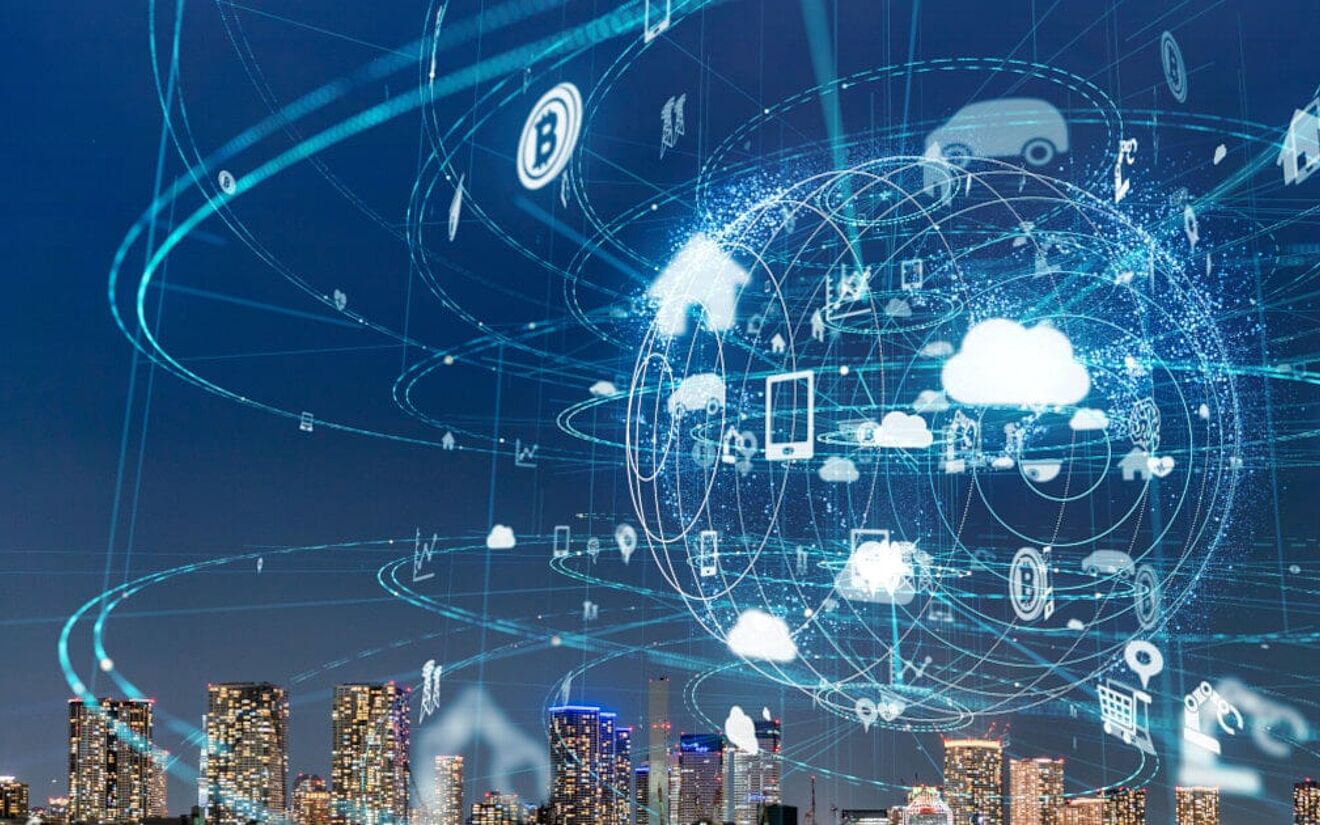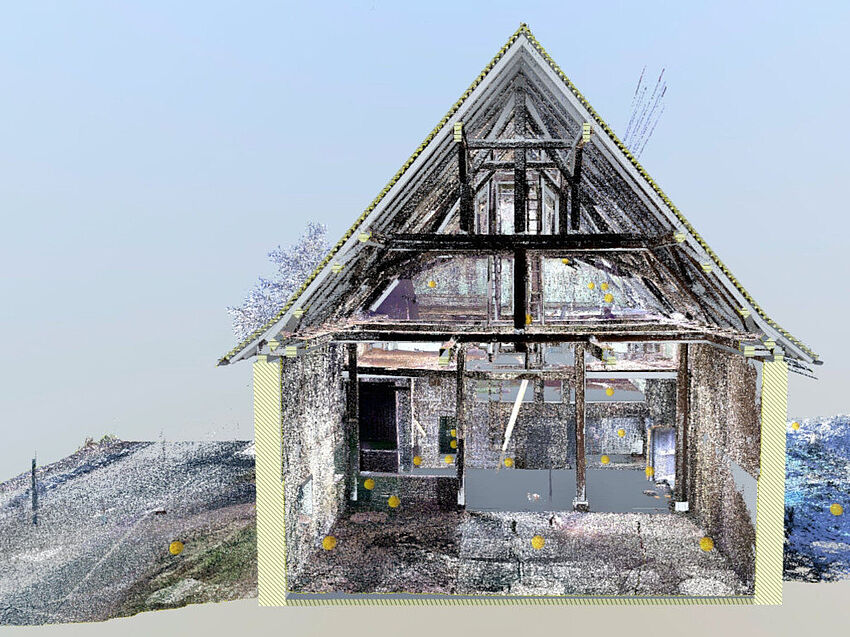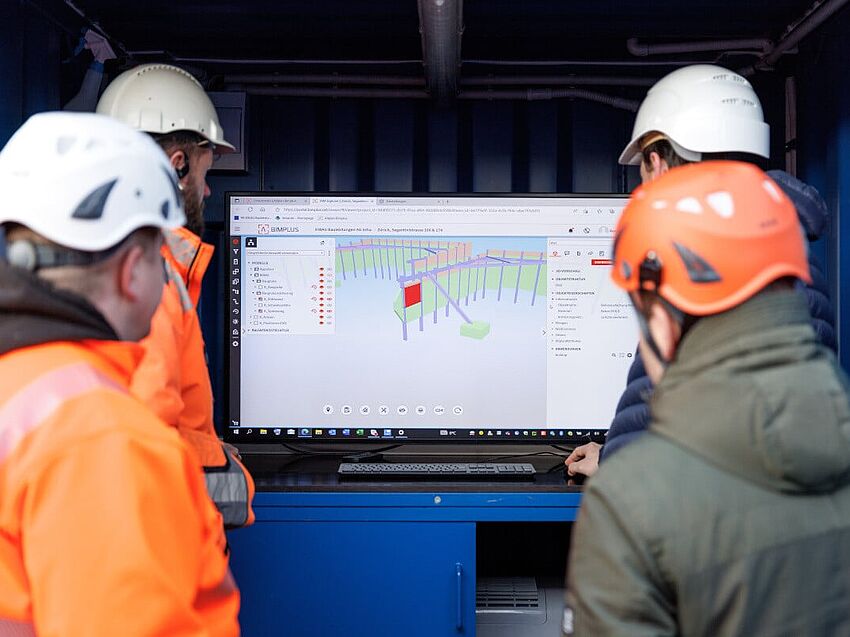While Building Information Modeling (BIM) has revolutionized the way structures are designed and built, most of the focus has been on the benefits BIM brings to these areas. However, looking beyond the construction phase, BIM can also provide a range of benefits for asset management during operation. Having a virtual digital twin of the structure or building – combined with all the asset information that was provided during the design and construction – is a useful way to have an up-to-date record of all the assets within one central location. When combined with technology such as the Internet of Things (IoT) and artificial intelligence (AI), an immensely powerful and smart digital asset management system could be the result.
What is Asset Management?
Asset management is an economic view on all the elements of the building: examples could include HVAC and building objects such as walls, windows, etc. and all inventory that is needed to use it: furniture, printers, sensors, security equipment, medical devices, fabrication assets all depending upon the type of building. For many complex building projects professional asset management starts before architectural planning. Questions need to be answered such as what machinery will be required, what inventory is needed, to ensure that the building will deliver sufficient space, power considerations are met and aspects such as ventilation are satisfied. This rapidly becomes a complex process. To manage this better, clients are often establishing databases based on their unique requirements.
Imagine being able to collect data from a building during use that would allow services such as heating, ventilation, or lighting to be measured and optimized depending on the current conditions. With this set up, the energy usage of commercial buildings could be fine-tuned for improved efficiency and cost-effectiveness.
Using internet-enabled sensors within a building or structure and directing this information to an AI-assisted system, achieving this could be a reality – and in fact, research has already started to join these technologies together. While performance information can be gathered manually, having IoT sensors incorporated into a building or structure could automate this process and allow the information to be easily used by other processes. With AI, the data gathered by the sensors can be quickly analyzed and used to predict usage patterns and how various factors affect consumption, such as the number of users present or the weather conditions.
BIM for Asset Management
For many structures, asset management is addressed separately from BIM. However, for digital asset management to truly work requires both appropriate and reliable asset information to support improved decision making and planning – information which can be provided by BIM and combining the building database together with the asset database. Keeping this consistent throughout the construction process is challenging. In the design process not all asset information will be modeled via BIM. Some assets will be managed in an asset database for certain projects, some modeled in both the BIM model and managed in an asset database. In fact, the building model combined with asset information is the answer to data consistency and continuity over the entire building lifecycle, that can form the basis of a digital twin for the structure, which then could provide the ideal platform for digital asset management when combined with IoT sensors and AI.
3D building models can easily be created in ALLPLAN. If the building already exists, 2D Plans, 3D scans and point clouds can be used to speed up the modeling process. The finalized models can be connected to other software and technologies using Bimplus, ALLPLAN’s open BIM-based common data management platform. Thanks to its open IFC data exchange interfaces Bimplus can migrate BIM models from any BIM-tool additionally to manage the entire information of all disciplines in a common platform. Bimplus allows this information to be analyzed, and the Bimplus API enables integration with other programs to use, maintain and enrich the data over the lifecycle of the building. A truly connected and holistic approach to achieving a digital asset management system becomes reality.
An Integrated Approach to Digital Asset Management
Leveraging emerging technologies such as IoT sensors and AI and combining them with the asset information contained within the BIM model could provide an integrated solution for digital asset management. Together, ALLPLAN and Bimplus make achieving an integrated workflow during design and construction seamless and straightforward. When the construction is completed Bimplus can be connected to the FM Solution from Spacewell significantly improving and supporting the availability of information to create a subsequent asset management process.




